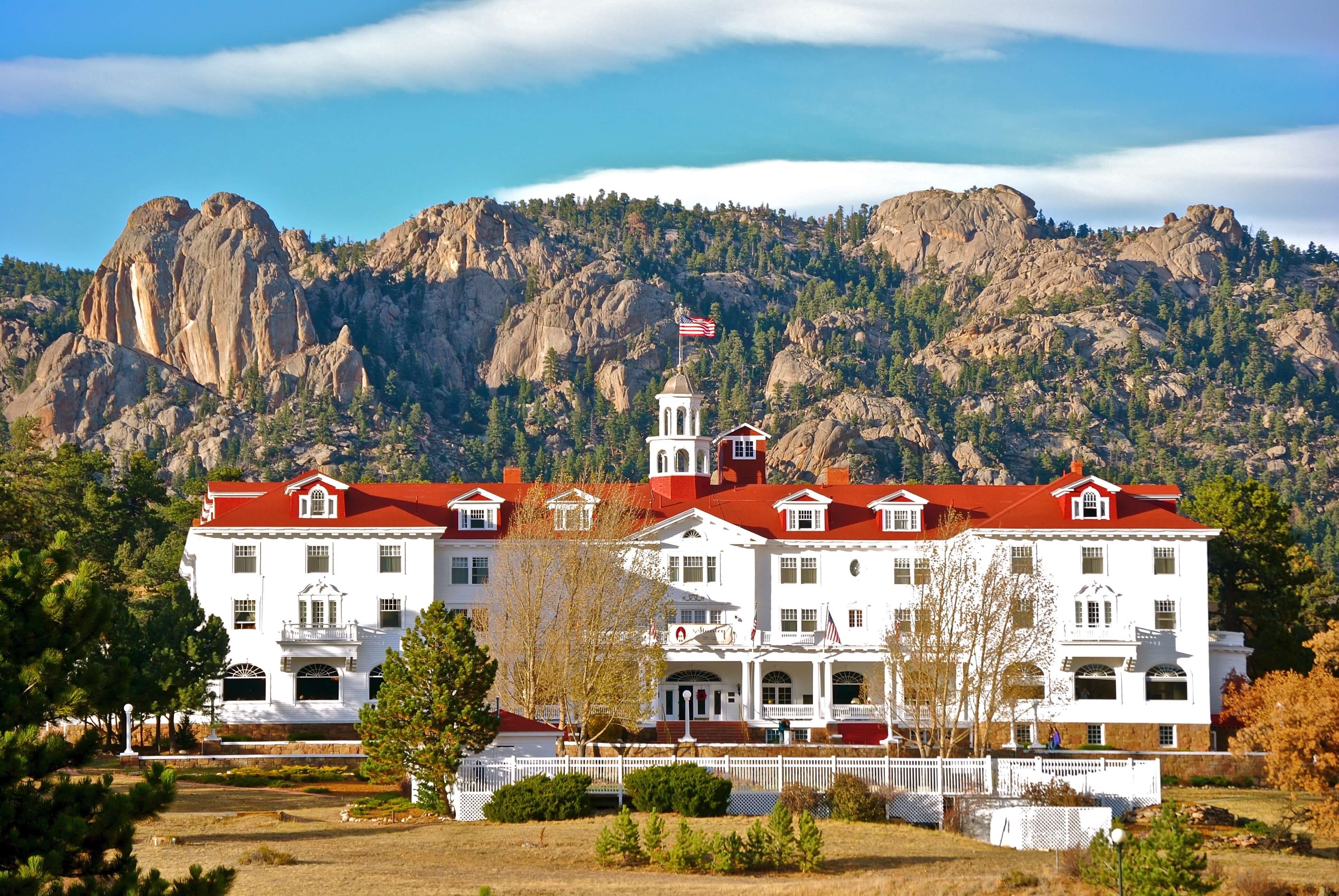
Stanley Hotel. Colorado. The Shining. Shutterstock
Cinema and architecture, though distinct disciplines, share a common language: both are visual arts that create and shape spaces. In cinema, buildings and urban spaces are not just backdrops. They’re essential elements that contribute to the narrative, atmosphere and emotion of the story. Imagine how the Brooklyn stairs in Joker or the dystopian skyscrapers in Blade Runner have transcended the screen to become cultural icons.
This blog explores how architecture and cinema intertwine, highlighting iconic examples and reflecting on how the seventh art influences our perception of certain architectural spaces. If you’ve ever been captivated by a film’s urban landscapes and wondered how they come to life, keep reading. Let’s uncover the magic behind this fascinating intersection of architecture and cinema.
Architecture in Film: Beyond the Set
When we talk about architecture in film, we’re talking about more than just location. Directors and production designers carefully choose urban spaces and buildings to enhance the story’s tone, define characters and immerse viewers in a unique world. Let’s see some iconic examples:

Hong Kong- Photo from Shutterstock
Blade Runner (1982)
Directed by Ridley Scott, this film depicts a dystopian future that has become a visual emblem. Set in a futuristic Los Angeles, the film’s architecture – characterised by towering skyscrapers and congested, chaotic streets – evokes a sense of dehumanisation and urban decay. The influence of brutalist architecture, with its massive and austere structures, blends with the Art Deco neon glow to create a unique atmosphere that defines the film’s visual identity.
The Tyrell Corporation’s pyramids, the enormous holographic advertisements, and the labyrinthine buildings not only set the scene but also reflect the complexity and oppression of the world in which the characters live. This architectural design brings Scott’s dystopian vision to life. It also profoundly influenced the aesthetic of science fiction cinema and the way we imagine future cities.
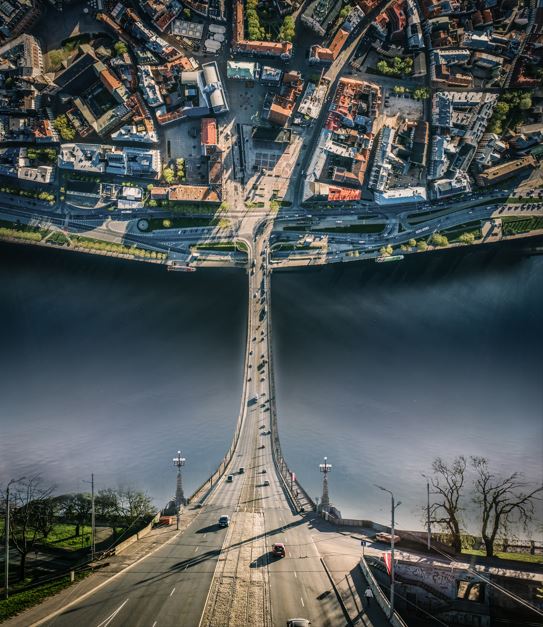
Image of the Riga city curve dimension from the movie Inception. Shutterstock
Inception (2010)
Directed by Christopher Nolan, this film explores the captivating concept of dreams within dreams, offering a unique reinterpretation of architectural space. In Inception, architecture becomes an active element of the narrative. Urban landscapes are distorted and reconfigured in surprising ways, defying the laws of physics and creating visually stunning scenes.
The film is renowned for its sequences where entire cities fold upon themselves or bend in impossible ways. For example, there’s an iconic scene where Paris folds onto itself, creating a double helix of buildings and streets. This manipulation of urban spaces reflects the complexity and elasticity of the subconscious. Moreover, it allows characters to navigate and alter their environment in innovative ways.
Nolan’s architectural vision, in collaboration with production designer Guy Hendrix Dyas, transforms traditional structures into narrative tools that enhance the viewers’ experience. Each dreamscape is meticulously designed to reflect the characters’ emotional states and the unfolding plot, from the endless corridors of a hotel to the stark, desolate snow plains in the final dream.
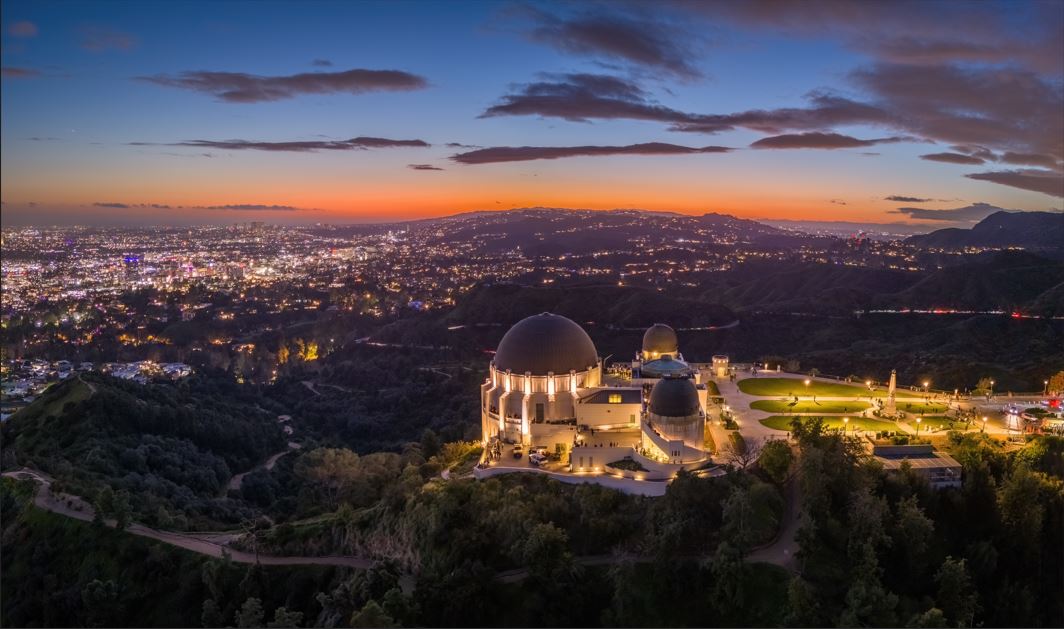
Image of the Griffith observatory in the City of Los Angeles. Shutterstock
La La Land (2016)
In La La Land, the city of Los Angeles becomes a central character that shapes the story and the emotions of the protagonists. Director Damien Chazelle turns it into a living entity that breathes, vibrates, and transforms in sync with the jazz and the ambitions of Mia and Sebastian.
Griffith Observatory, the Hollywood Hills, the Hollywood Walk of Fame, and the Watts Towers not only serve as beautiful backdrops but also become extensions of the protagonists’ love and dreams. Each scene set in these iconic locations is imbued with meaning, from Mia and Sebastian’s first meeting in the highway traffic jam to their dance under the stars at the Observatory. The brilliance and energy of Los Angeles contrast with its darker, more competitive side. The city reveals the challenges and sacrifices involved in pursuing dreams in the heart of the film industry. Failed auditions, disappointments and the struggle to find a place in the industry are reflected in the lonely streets and the neon lights that illuminate the night.
The film goes beyond using Los Angeles as merely a backdrop. It transforms the city into a dynamic character that interacts with the protagonists, influences their story and reflects their emotions. In this way, La La Land becomes an ode to the City of Angels and to the dreamers who aspire to reach its stars.
Architects Who Become Filmmakers
The relationship between architecture and cinema is also evident in architects who have transitioned into filmmaking, such as Fernando Colomo. As a prominent figure in the field, Colomo recently participated in the 2024 Arquitectura Awards ceremony, organised by the CSCAE and sponsored by COMPAC®.
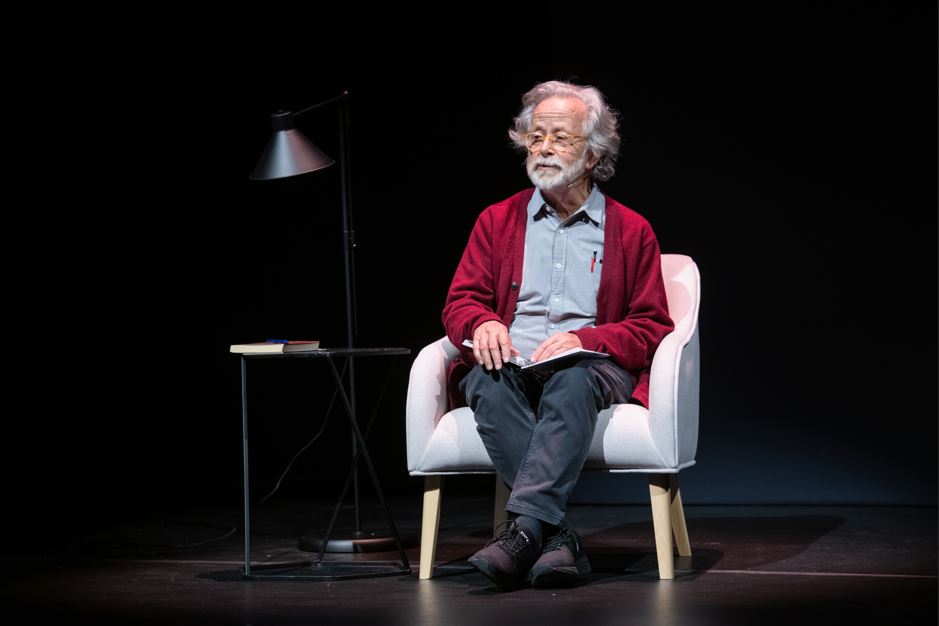
Fernando Colomo in his speech at the Architecture Awards 2024. Image of COMPAC®.
During his speech, Colomo created a compelling dialogue between the two disciplines. He highlighted how a background in architecture can enrich the art of filmmaking. Indeed, his architectural background gives him a uniquely detailed perspective on space and its ability to influence emotions and narrative.
Colomo not only leverages his architectural knowledge to create believable and visually appealing settings, but also explores how spaces impact life and human interactions. This perspective adds a layer of depth to his films. Each building and urban space is carefully selected to contribute to the story being told. In his films, the sets are portrayed as silent characters that interact with the protagonists, shaping their experiences and emotions.
Architectural sensitivity
Furthermore, his architectural sensitivity enables him to manipulate light, shadows, and perspectives to enhance the visual narrative. The way the camera moves through a space and frames a facade or interior reflects the characters’ emotional states. Colomo handles these aspects with mastery, thanks to his architectural training.
In addition, the synergy between architecture and cinema enables his films to alter the perception of certain architectural spaces. By presenting buildings and urban environments in a new light, Colomo inspires his audience to view these places with a renewed appreciation. He helps them discover beauty and meaning where there once was only the mundane.
The Influence of Cinema on Public Perception of Architecture
Cinema has a unique power to shape the public’s perception of architecture and urban spaces. A film can transform an unfamiliar building into a cultural icon. In fact, it can alter the way we view and experience an entire city. Films not only tell stories but also inspire architects and urban planners, revealing new possibilities for design and the use of space. The intersection between cinema and architecture sparks a fascinating dialogue about how we inhabit and understand our built environment.
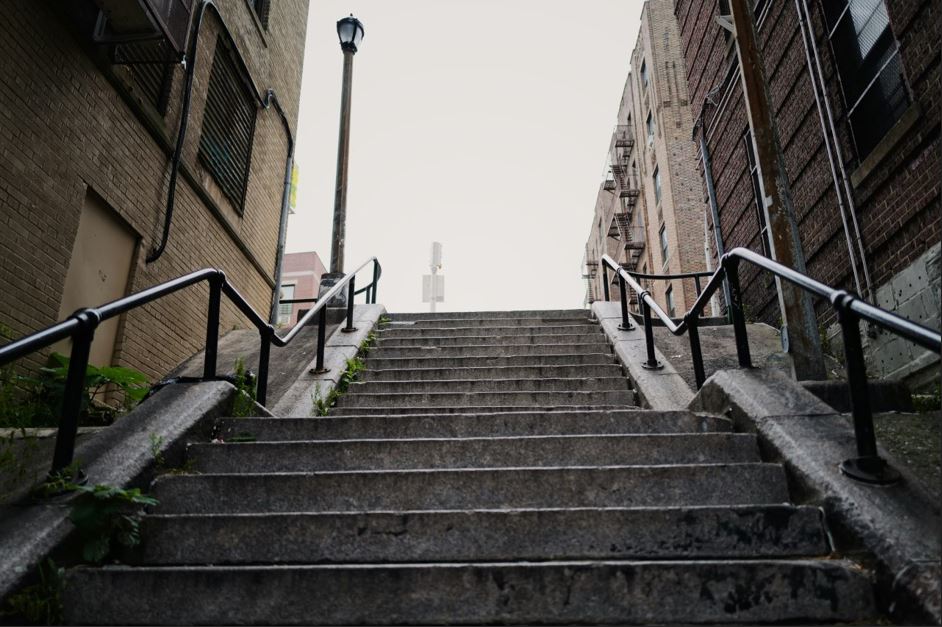
Grey concrete stairs. Free image by Unsplash
Joker
For example, following the success of Todd Phillips’ Joker (2019), many viewers were drawn to the iconic Brooklyn stairs in New York where the character Arthur Fleck, played by Joaquin Phoenix, performs his famous dance. These stairs, once just another urban element in a city full of architectural details, became a visual symbol of the film. This phenomenon turned an otherwise unremarkable set of stairs into a popular tourist destination. Film fans still visit the stairs today, eager to recreate and experience the scene for themselves.
The Brooklyn stairs not only became a tourist attraction but also rose to the status of a cultural landmark. This highlights how cinema can elevate previously obscure locations, imbuing them with new significance and value in the public consciousness. Moreover, this phenomenon has inspired urban planners and architects to rethink how public spaces can be designed. They can be reimagined to capture the public’s imagination and become cultural symbols.
Cinema acts as a bridge between architecture and society
The impact of cinema on architectural perception doesn’t stop there. By highlighting certain architectural styles, structures and urban landscapes, films can renew interest in both historic and contemporary architecture. They can influence design trends, inspire building restorations and foster a greater appreciation for architectural heritage. In this sense, cinema is a bridge between architecture and society. The art form fosters a deeper connection and understanding of our built environment.
Similarly, filmmakers’ portrayal of urban spaces can challenge our preexisting notions and create new possibilities for urban planning and design. For example, by offering both utopian and dystopian visions of cities, films explore how changes in architecture and urban design can impact daily life. In this way, films are visual laboratories for innovative and radical ideas that may eventually influence actual architectural practice.
The intersection between architecture and cinema is a fascinating field that allows us to view both arts from new perspectives. Buildings and urban spaces serve not only as backdrops but also as narrative elements that enrich and deepen visual stories. By exploring these iconic examples and reflecting on cinema’s influence on architectural perception, we can appreciate how these two disciplines complement and enrich each other.

